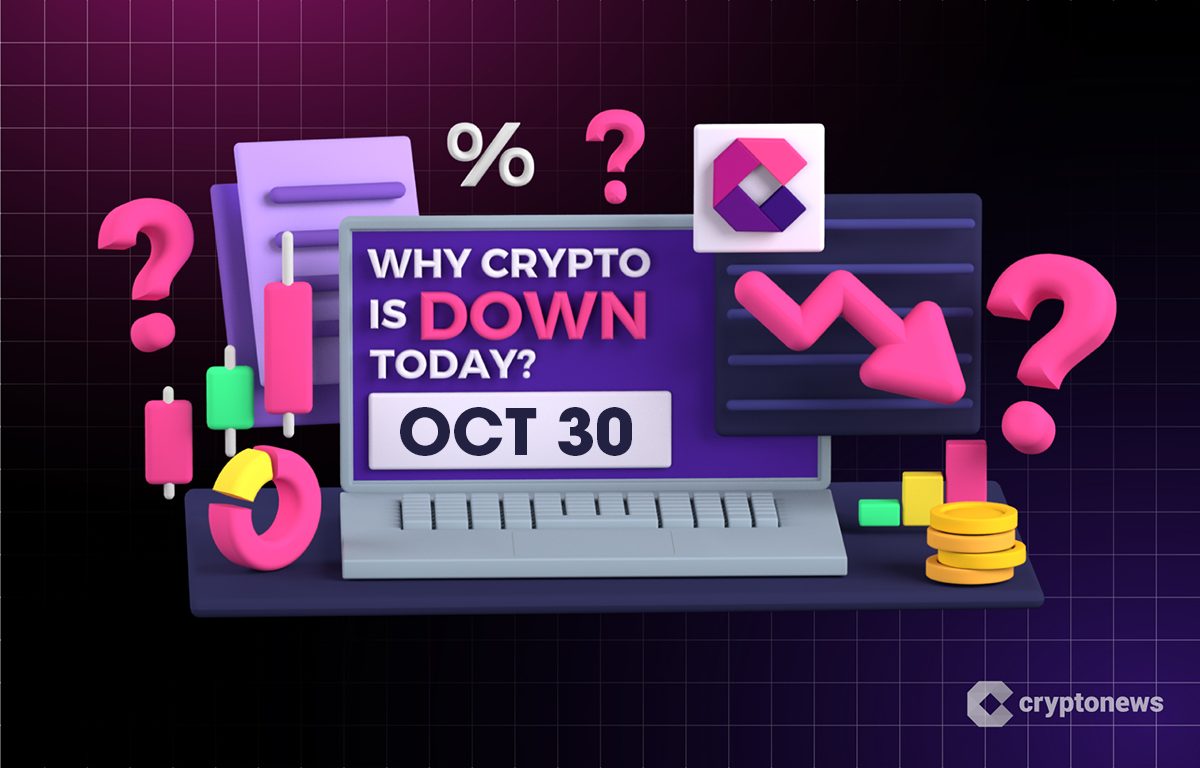Top 3 Altcoins Set for 300x ROI Before 2026 — Ozak AI Leads the Pack as It Prepares for the $0.014 Phase and $1 Launch Price

As the crypto market prepares for its next bull run, investors are shifting focus to emerging altcoins with strong fundamentals and real-world utility. Among the most talked-about names today are Ozak AI ($OZ), Shiba Inu (SHIB), and Avalanche (AVAX)—each showing unique potential for long-term ROI.
But it’s Ozak AI, a cutting-edge fusion of Artificial Intelligence (AI) and DePIN (Decentralized Physical Infrastructure Network), that’s turning heads with its rapidly growing presale and ambitious $1 target price.
Below, we explore the top 3 altcoins positioned for massive returns before 2026—and why Ozak AI stands out as the clear front-runner.
1. Ozak AI ($OZ)—The AI + DePIN Powerhouse Set to Redefine Decentralized Intelligence
- Current Price: $0.012
- Next Phase Price: $0.014
- Target Price: $1.00
- Tokens Sold: 960,421,379.31 $OZ
- Total Raised: $3,925,075.90
Ozak AI ($OZ) stands out as the most promising AI-based crypto project of 2025. With predictive artificial intelligence, decentralized infrastructure, and cross-chain scalability, the platform provides a smart ecosystem that can enable autonomous agents, real-time analytics, and on-chain data optimization.
At the core of Ozak AI is its DePIN-based architecture, which decentralizes computing power and analysis—offering scalability without loss of security. The convergence of AI-driven infrastructure enables automation, intelligent analytics, and accuracy in data-driven insights, while cross-chain capability ensures interoperability across a variety of blockchains.
The project’s token utility adds long-term value: $OZ can be staked for rewards, used for governance, and supports future ecosystem expansion. Reinforcing investor confidence, Ozak AI’s smart contracts recently underwent a comprehensive audit by @sherlockdefi, confirming zero unresolved issues, ensuring top-tier transparency and reliability.
Strategic Partnerships Fueling Ozak AI’s Rise
Ozak AI’s strong presale performance is supported by a network of strategic alliances designed to expand its intelligence, infrastructure, and adoption.
- The Ozak AI × Hive Intel (HIVE) partnership grants access to multi-chain data APIs, enriching Ozak AI’s predictive systems with analytics across NFTs, DeFi, and wallet behaviors.
- The Ozak AI × Weblume integration allows creators and developers to embed real-time AI market data into dashboards and dApps via a no-code Web3 builder — making data visualization accessible to everyone.
- With Ozak AI × SINT, the project gains “one-click AI upgrade” capabilities, linking autonomous agents, voice tools, and cross-chain bridges that automate market signal execution.
- The Ozak AI × Meganet alliance leverages a network of 6.5 million active nodes and 77,000+ community members, combining Ozak AI’s predictive agents with Meganet’s bandwidth-sharing network for faster, cost-efficient decentralized compute.
Each partnership strengthens a key pillar of Ozak AI’s ecosystem — data intelligence, no-code access, execution automation, and decentralized computing — giving it the versatility needed to lead the AI + blockchain revolution.
2. Shiba Inu (SHIB) — From Meme Coin to DeFi Ecosystem
While originally known as a meme coin, Shiba Inu (SHIB) has transformed into a serious contender in decentralized finance (DeFi). The launch of Shibarium, its Layer-2 blockchain, has shifted SHIB’s narrative from community token to utility-driven ecosystem.
Shibarium also enables rapid, low-cost transactions and an increasing list of decentralized applications. Paired with SHIB’s burn mechanism, continually subtracting supply, the project sets out to establish deflationary pressure that drives long-term value.
The solid Shiba Inu community, regular developer activity, and support for DeFi utilities make it a strong asset — quite possibly able to surprise the market once more in 2026.
3. Avalanche (AVAX) — The Scalable Layer-1 for Real-World Assets
Avalanche (AVAX) is still one of the most developed Layer-1 blockchains, famous for its subnet technology and blistering throughput. It’s seeing renewed interest as institutional actors look into tokenization of real-world assets (RWA).
Avalanche’s unique consensus mechanism supports near-instant transactions and scalability unmatched by many competitors. With recent integrations into Circle’s USDC ecosystem and partnerships with major institutions for RWA tokenization, AVAX continues to build real-world use cases beyond speculation.
Its blend of speed, interconnectivity, and developer-friendly framework maintains it as one of the most sought-after choices for investors interested in both performance and stability.
Next 500X AI Altcoin.
Conclusion—Why Ozak AI Leads the Next Altcoin Wave
Among this lineup of high-potential assets, Ozak AI ($OZ) stands out as the project that could truly define the next era of AI-powered crypto. Its AI + DePIN foundation, strong presale performance, and growing list of global partnerships set it apart from other emerging tokens.
As it advances toward its $0.014 presale phase and $1 target price, Ozak AI’s blend of innovation, decentralization, and proven utility positions it as one of the most promising altcoins heading into 2026—potentially delivering 300x ROI for early investors.
For more information about Ozak AI, visit the links below:
Website: https://ozak.ai/
Twitter/X: https://x.com/OzakAGI
Telegram: https://t.me/OzakAGI
You May Also Like

Why Is Crypto Down Today? – October 30, 2025

The UFC collaboration project, FIGHT tokens, raised $183 million in its public offering, exceeding its target by more than 100 times.
